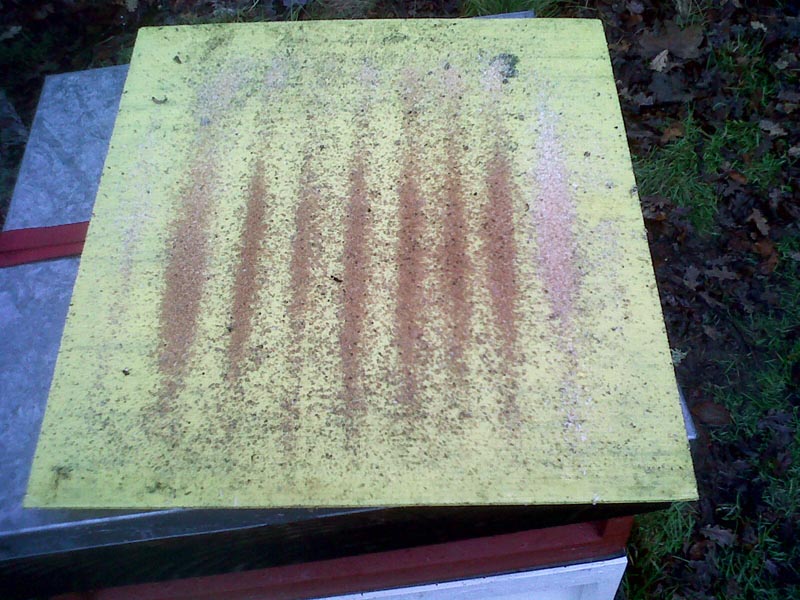I have a not very good photo of a varroa tray where you can just about see where stores have been uncapped. Sometimes it is quite obvious but I don't always have the camera with me.
It is pretty obvious where the cluster is and you can just about see where stores have been uncapped.
This is from a couple of years ago in March.
varroa-tray1.jpg varroa tray2.jpg





 Reply With Quote
Reply With Quote










Bookmarks